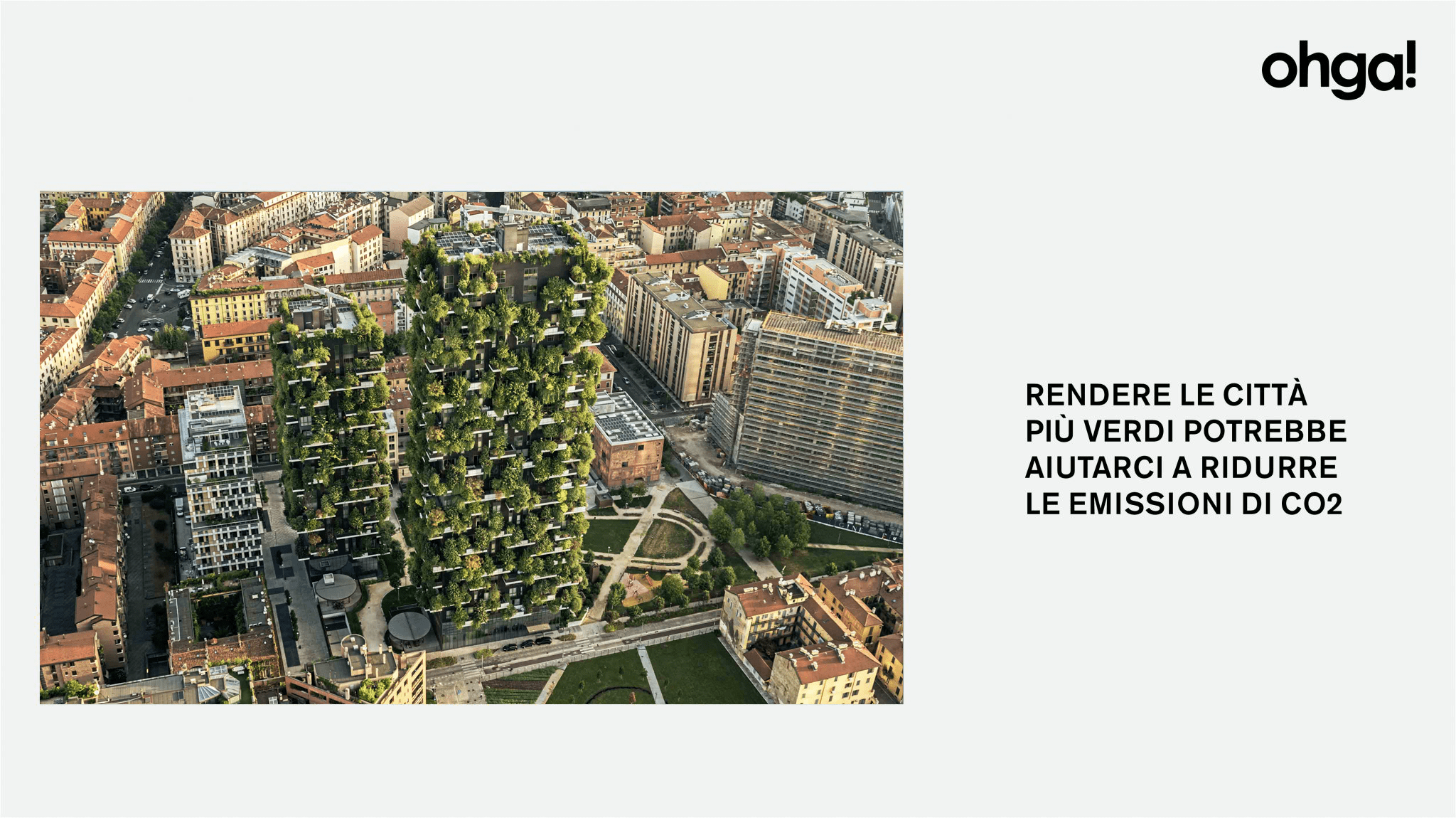
On ohga! website, an article by Maria Teresa Gasbarrone picks up on the Nature Climate study that proves that by creating greener cities, urban carbon emissions can be reduced by up to 25%, citing the Bosco Verticale in Milan, a project by Boeri Studio, as a possible solution.
The results of the study show how strategically increasing what the authors of the research call ‘nature-based solutions’ (NBS) in 54 large cities in the European Union could reduce anthropogenic carbon emissions by an average of 17.4%. The creation of green areas and the implementation of urban parks, green spaces and trees in cities is therefore a key step in achieving carbon neutrality, in addition to the psychological and physical benefits associated with the presence of greenery.
In this context, the Bosco Verticale is cited as a virtuous example of the integration of living nature into architecture, with minimal soil consumption: the two towers of Porta Nuovo in fact host 800 trees (480 first and second size trees, 300 smaller ones), 15,000 perennials and/or ground cover plants and 5,000 shrubs: a vegetation equivalent to that of 30,000 square metres of woodland and undergrowth, concentrated on 3,000 square metres of urban area.
To read the full article: https://www.ohga.it/rendere-le-citta-piu-verdi-potrebbe-aiutarci-a-ridurre-le-emissioni-di-co2-ecco-le-citta-piu-allavanguardia/
